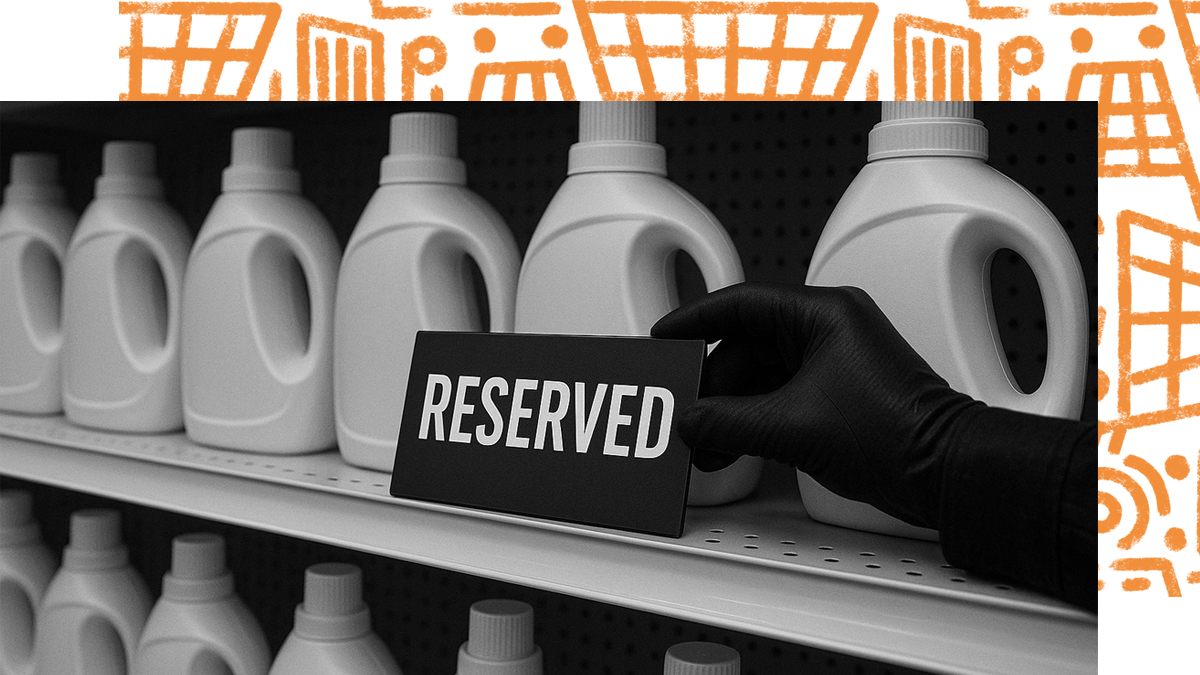
Jennifer James
Sr. Consultant

Carolyn Hennessey
Sr. Consultant
If you are like many leaders, you put innovation plans on hold to get through the COVID-19 crisis and then rolled straight into supply chain challenges. In the meantime, price increases have stirred up the competitive landscape, upstarts have worked hard to secure B&M distribution, retailers are demanding Omnichannel solutions, the Great Resignation has gutted experienced talent, and the growth of channels like Dollar and Club are changing the profit mix. It’s been a lot to navigate, and your innovation pipeline may have been set on the back burner or need to shift based on this changing environment.
If you are looking to jump-start your innovation program or give it a tune-up in 2023, here are 6 Simpactful steps you can take:
Assess the Landscape: Get real about your company, brand, category, channel, and business model strengths and vulnerabilities. Where possible, try to remove optimism bias. Listen for what is said vs what you want to hear, and cast a wide enough net to uncover possible sources of disruption. Simpactful Sr. Consultant, Jennifer James, has worked on disruptive innovation across a variety of industries. “Historically, disruption came from known competitors in the category who undercut the market leader in some way (usually through product, packaging, and price), rewriting the rules of value. But today, disruption can come from a vast variety of places. With social media, innovative product supply solutions, and flexible financial tools and business models, small or large companies can disrupt. Seemingly different categories can disrupt by rewriting category norms so it’s important to think about the jobs your product or service provides and how those jobs might change or be impacted by society, trends, technology, etc. across the globe. That might sound daunting. One trick is to include diverse and outside perspectives in your landscaping work to help minimize bias.”
Build a Multi-Functional 5-Year Innovation Strategy: Make choices about where to play and, equally importantly, where not to play, how you’ll win, and what capabilities are needed. Avoid the mistake of leveraging a technical lens only. Simpactful Sr. Consultant, Carolyn Hennessey, has guided dozens of companies through the process of assessing the landscape and developing an innovation strategy, and acknowledges the importance of engaging all functions in the work. “In my experience, co-creating what’s needed to grow works best when Sales, IT, Finance and Supply come together with R&D, Marketing, and Insights. The benefits include seeing new or bigger opportunities, assessing costs and feasibility to prioritize, and then, working in concert to deliver.”
Declare Innovation a Strategic Imperative, Establish and Assign KPIs: Internal narratives matter. Senior leaders will drive organizational focus by signaling what they value, and then measuring and rewarding success. This is especially true when trying to drive change or emphasis. Innovative companies track progress regularly and tie compensation and promotions to achievable innovation goals such as portfolio value or progress launch deliverables.
Staff the Work with Skilled Commercial Talent (and Make these Roles Attractive): Companies rarely make rapid progress or yield successful innovation when they staff Innovation programs with the B team. Running innovation programs is hard work. The process of designing new products, services, packaging, shopping methods, manufacturing capabilities or business models requires different skills than operating an existing “machine” at high efficiency. It requires people who are curious, who can envision alternative solutions, who can see around corners to anticipate benefits or pitfalls. The timelines and measures of success are different, and importantly, they do not calibrate well with typical line management work. Most brands are staffed with some people who are adaptive enough to flex between roles and others who are not.
Invest in Capability: Innovation work is complicated both for the teams who run the programs and for the leadership teams tasked with making decisions around Innovation portfolios and projects. Knowing where to start, what questions to ask, and common pitfalls can help organizations move faster. Simpactful offers simple frameworks, tools and on-the-job training that can significantly increase your speed and success rate. The Simpactful team regularly helps clients with,
- Systems: Right-size stage gate and portfolio systems
- Innovation Governance Processes: Meetings, stakeholders, and decision-making
- Capability: Training on the technical and commercial deliverables by gate with relevant case studies, and supplier selection
- Decision-Making Tools: KPI development, research methodologies, financial modeling, and more
- Strategic Planning: Long-range planning, Business Modeling and Innovation Strategy facilitation, Competitive Response & Scenario-Planning workshops
Nail the Surprisingly Obvious Big Idea: Successful innovation ideas are intuitive. From a consumer, company, competitive and channel perspective. Companies must ensure the business model is viable, that the innovation is designed to create some sort of sustainable competitive advantage, that the holistic idea and execution drives consumers to shift their behavior. Simpactful has a team of practitioners who have decades of innovation experience across all vectors. Teams can move faster, leaders can focus resourcing on the most viable ideas, and organizations can accelerate growth of innovation know-how with expert coaching and support.
Innovation can be critical to sustaining competitive advantage and Simpactful can help. Interested in learning more? Contact the Simpactful team today at contact@simpactful.com or 925-234-6394. Visit www.simpactful.com





